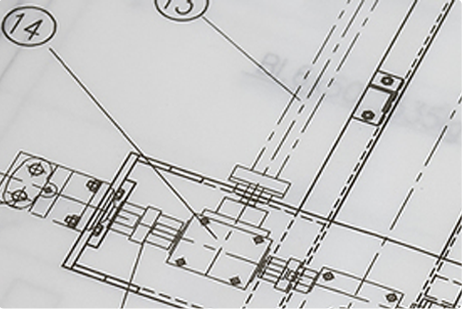Use these five tips to organize your office layout
In today’s competitive business environment many business people feel a good office layout is a vital factor to overall productivity, employee satisfaction and making the right impression on visitors. As always, up front planning creates a smooth relocation process where things are done right the first time. Space planning is not about stuffing as much furniture as possible in your office, rather it is about organizing everything so as to promote efficiency and communication in the workplace.

1. Before you begin, use square footage charts and adjacency planning
The process of adjacency planning helps you understand what departments and functions need to be close to each other in the new office. An adjacency matrix helps show these relationships. Based on head counts, and unique requirements of each group it is helpful to create a square footage chart.
2. Space planning for modular furniture? Hire a professional
If you are moving existing workstations, the process of space planning becomes more complex. We advise customers to consult with an expert, because mistakes can result in unplanned downtime, cost overruns and nagging problems that continue well after the move.
3. Closely examine the new space in person
If you are provided an electronic drawing of your new office space, it always pays to do a physical survey. Study the area well before adding or moving furniture and equipment. Don’t just rely on a quick glance at the room or work area, but be sure to locate and mark where all electrical outlets, phone jacks, etc. are before adding or moving heavy desks or file cabinets. Know which way doors open and close beforehand, so you don’t move a 200 lb. copy machine or table into an area that won’t work. Verify the drawing and measure the space so you avoid problems during the move.
4. Prepare for future storage requirements
Businesses accumulate paper and new materials every day, so it’s important there’s plenty of room for it in advance. Procrastinating means when it gets too full, work has to stop in order to make room and adjust. A CEO’s worst nightmare.
5. Involve others in your company
A good plan will require input from key people and involve several revisions. Don’t do it alone. Plan ahead with your team and get their input. After all, they are the ones who will actually be in the new or modified areas on a daily basis, so you want their input.
